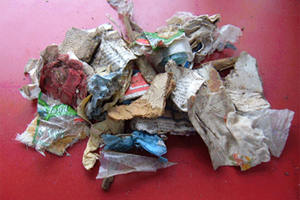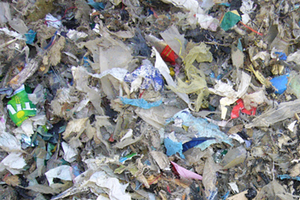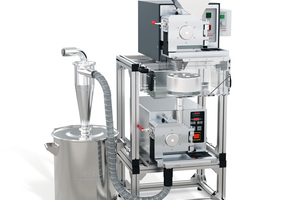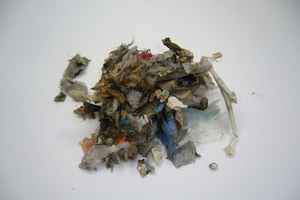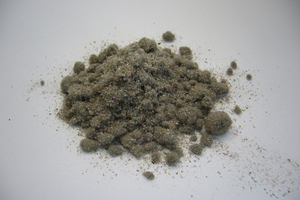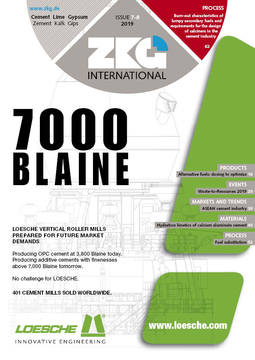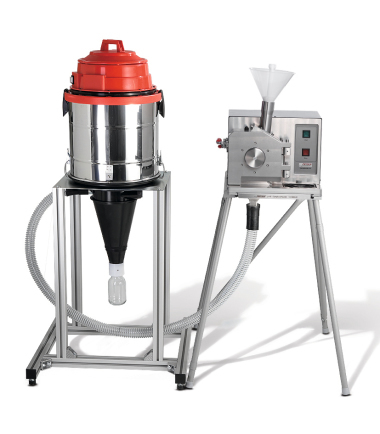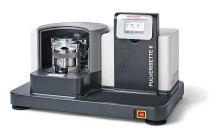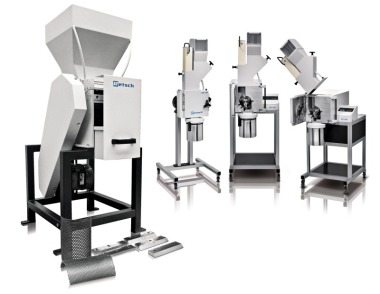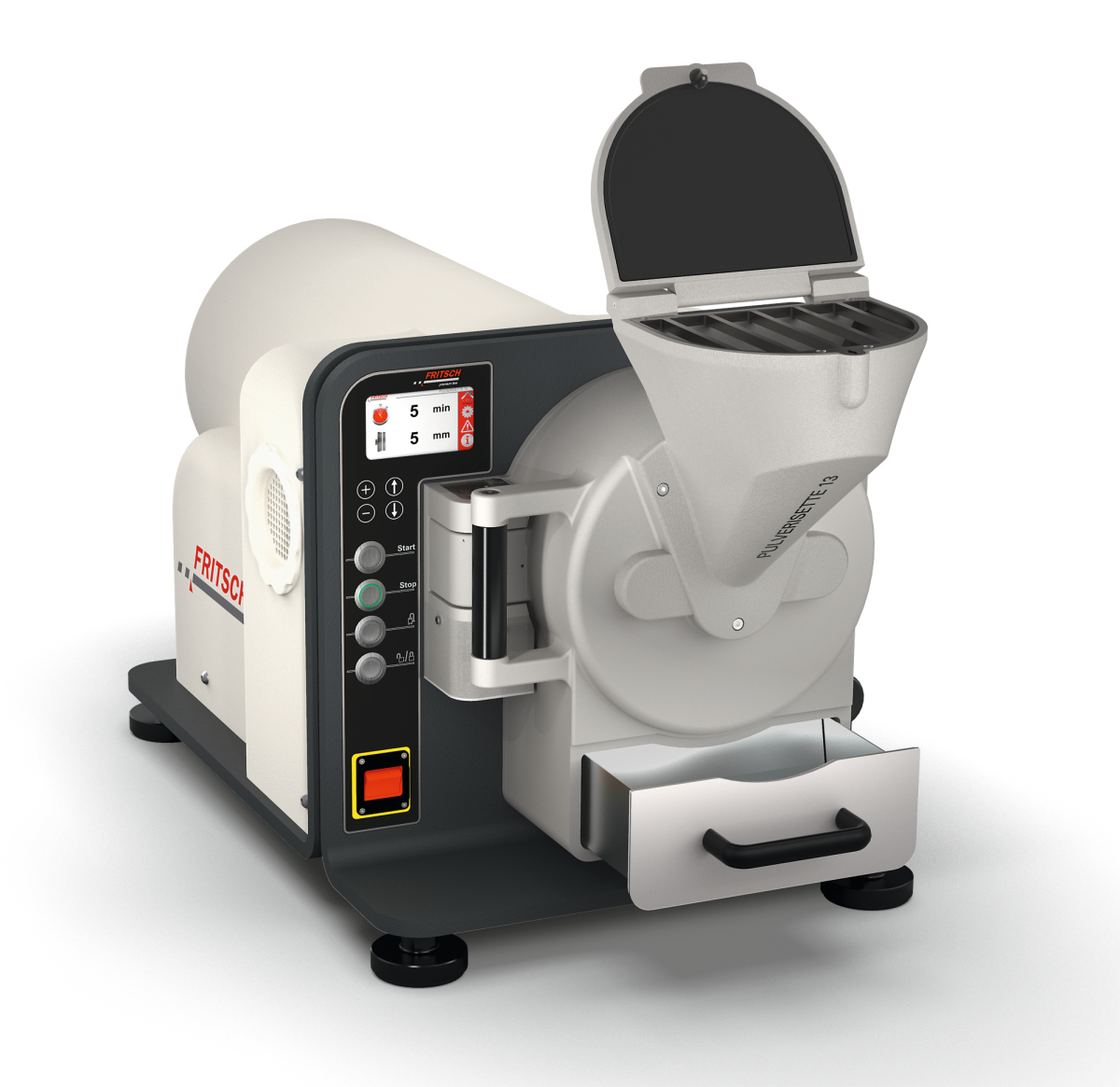Analysis of secondary fuels in use at cement plants
Secondary fuels employed at cement plants can be composed of very inhomogeneous materials, including diverse types of polymers, paper, wood and even small amounts of metal. Recycled wood and parts of discarded vehicle tires also find use as secondary fuels. However, before a fuel can be used in the production of cement, a number of quality control analyses must be performed. These include determination of each such material’s calorific value, chlorine content and total amount of organic carbon.
Due to the inhomogeneity of the sample material, it has to be meticulously prepared in order to obtain accurate analytical values. Sample preparation therefore includes comminution to a final particle size of 0.5 – 1 mm in a laboratory cutting mill. With such applications in mind, Fritsch GmbH has developed a special cutting-mill combination comprising a Pulverisette 25/19 and a cyclone separator.
Fritsch cutting mills
Fritsch’s extra powerful cutting mills combination 25/19 consists of a Pulverisette 25 power cutting mill and a Pulverisette 19 universal cutting mill.
The entire batch of sample material, with a particle size range of ≤ 30 mm, is first pre-crushed in the Pulverisette 25, subsequently dropping automatically through a funnel and onto a sample divider with a variable division ratio of 1:13. This enables large-quantity throughputs of up to several liters at once. The smaller sample fraction is automatically reduced to a final particle size of 0.5 – 1 mm in the Pulverisette 19. A powerful air vortex inside the Fritsch cyclone draws the milled sample material into the attached sample bottle.
Avoiding cross contamination
In order to avoid cross-contamination between samples, quick and easy cleaning of the mill is important. Fritsch cutting mills enable the user to remove/replace all grinding parts without need of tools and to clean out the grinding chamber quickly and easily. While tar paper can also be prepared for sampling, we recommend the addition of dry ice for the milling process. Dry ice keeps the milling chamber cool, hence ruling out heat-induced effects such as the sample sticking to the rotor or the sieve.
For low-throughput applications, the Pulverisette 19 universal cutting mill can be used alone, but always in conjunction with the cyclone separator.
//www.fritsch-international.com" target="_blank" >www.fritsch-international.com:www.fritsch-international.com

